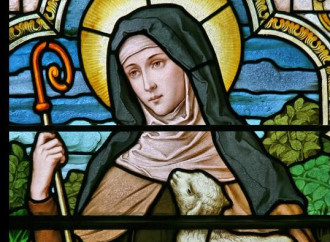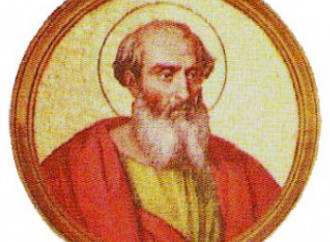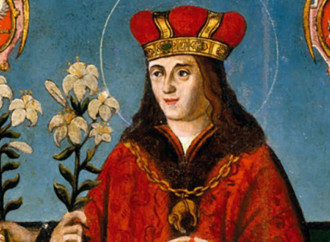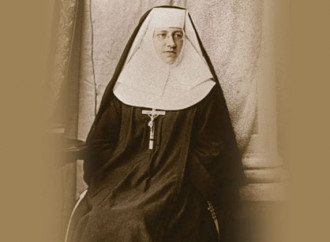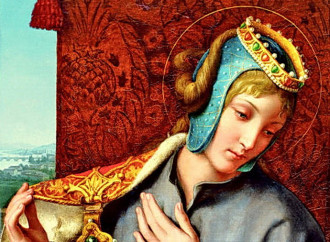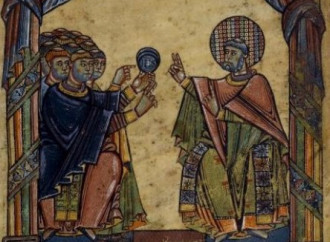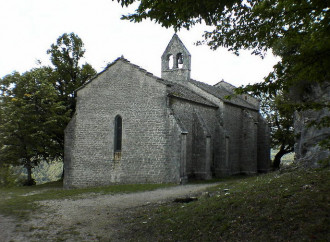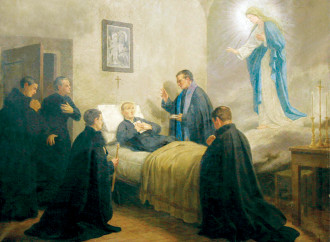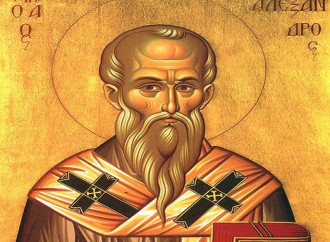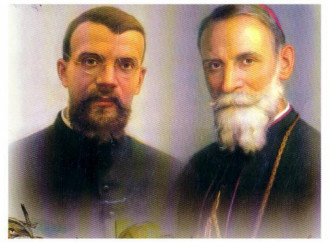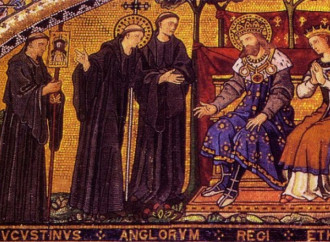Saint Colette of Corbie
She is famous for founding the Order of the Poor Clares, known as "Colettines", inspired by her desire to return to the original austerity of the Rule of Saint Clare.
Saint Lucius I
He was elected to the papal throne in June 253 after the death in exile of Pope Cornelius. It was a very difficult phase for the Church...
Saint Casimir
The patron saint of Lithuania and Poland lived for barely over 25 years, but they were enough for him to earn the love of his people, who called him “defender of the poor”. He is particularly invoked against carnal temptations.
Saint Katharine Drexel
She was a missionary among African Americans and the American Indians, fostering their education and bringing them the proclamation of Christ.
Saint Agnes of Bohemia
With the works of charity that flowed from this love and by her example, Agnes “played a remarkable role”, as John Paul II said in his homily for her canonization, “in the civil and cultural development of her nation”.
Saint Albinus of Angers
Attracted to the life of the monks, he entered the monastery of a small Breton village and became its abbot in 504.
Saint Romanus of Condat
Wanting to imitate the ancient hermits, at 35 years old he retired to live under a large fir tree in Condat (today's Saint-Claude).
Saint Gabriel of Our Lady of Sorrows
He made a vow to spread the devotion to the Virgin of Sorrows, whom he often called in his letters "our Co-redemptrix"
Saint Alexander of Alexandria
St. Alexander of Alexandria (c. 250-326 / 328) is remembered above all for the important role he played in the conflict of the heresiarch Arius, first in the Egyptian city and then at the Council of Nicaea.
Saints Aloysius Versiglia and Callistus Caravario
When these two Salesians in love with Christ first met in 1921, Monsignor Aloysius Versiglia (1873-1930) was passing through Turin...
Saint Æthelbert
He was the first English sovereign to convert to Christianity. His life came to a turning point when he married Bertha, a devout Christian woman
Saint Polycarp
He had the grace of being a direct witness of the charisms of the apostles; he was a disciple of Saint John the Evangelist, who consecrated him Bishop of Smyrna

